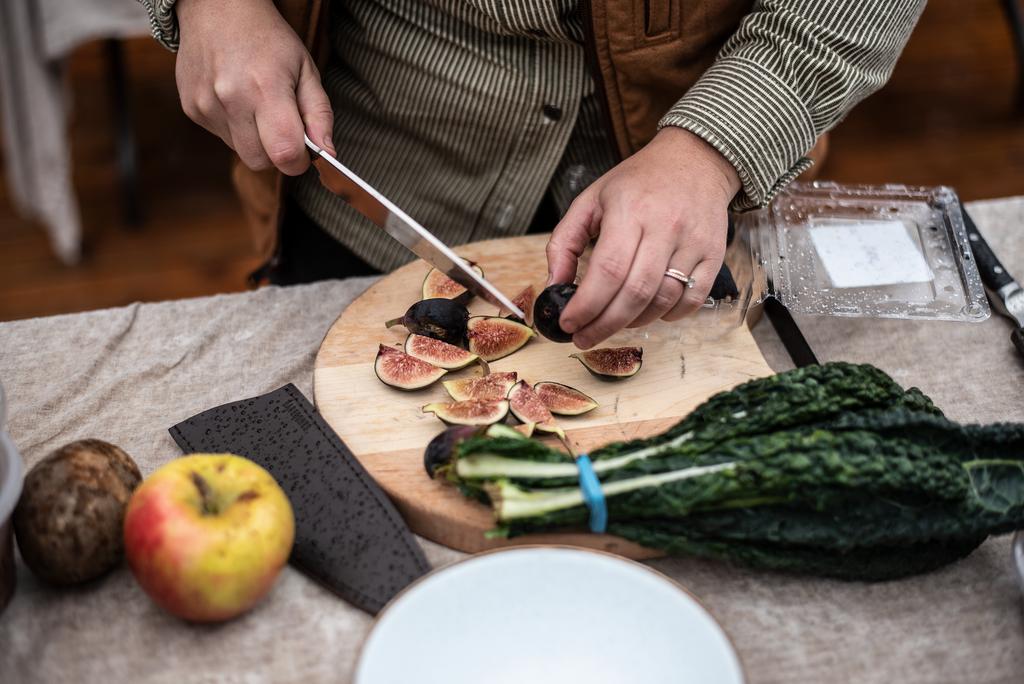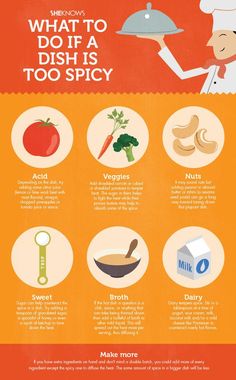
We all know that food is cooked to get the most nutrition, but it can also cause significant nutrient losses. Cut and wash vegetables can reduce their nutrient value. Extra water that is soluble with fats used for cooking can also be thrown away. Also, adding fats to cooking can lead to nutrient loss. The most vulnerable vegetables to nutrient lose during cooking are the fruits and vegetables. Peeling vegetables and fruits results in the loss nutrients and vitamins. The outer layers of the cabbage and fruits are also removed and nutrients are lost.
Microwaving
Because microwaves use less water and heat, they preserve more nutrients than traditional cooking methods. Also, microwaves retain more vitamins and minerals because they are shorter in cooking times and have lower water contents. In 2009, a study found that microwave cooking preserves more antioxidant activity in vegetables. The most active components of vegetables are lost during cooking because they are exposed to heat, light, water, and heat. However, the microwave retains most of the folate contained in spinach. This is important for good nutrition. Boiling spinach results in a loss of 75 percent folate.
Frying
There are many different ways to cook food, but boiling food is the most common. Boiling food causes significant nutrient loss, especially for those that are water-soluble. Many of these nutrients are dissolved in the cooking water, which is not a good thing for your health. The best way to minimize the loss of these nutrients is to avoid boiling altogether, or cook your food so that the liquid remains part of the dish. This method is not always feasible.

Microwaving with butter
Ghee is a better choice than butter, you might wonder. Ghee's health benefits include Vitamins E, K, and Vitamins A,E,K. Many ghee users believe this rich fat will help to reduce hunger and weight loss. Many people report it improving their mental clarity. However, some people are still unsure about its benefits. The key lies in the taste.
Microwaving with oil
Microwaving healthy foods is a great way to reduce calories and prevent nutrient depletion. Foods cooked in the microwave require lower cooking temperatures and shorter cook times, which reduce the risk of contamination and nutrient loss. Microwaves can be used to "excite", or cook food from the within.
Baking
The process of baking has several advantages, such as reduced calories. Baking is a healthier option to frying which can add significant fats to food. Baking preserves original flavors of ingredients. Baking is safe for the food and does not cause allergic reactions. Therefore, it is a great way to follow a healthy diet, or to assist in weight loss programs. Baking preserves the original flavor of ingredients by reducing the fat content. It can also help you live a healthier lifestyle.

FAQ
What should a beginning cook learn first?
Start cooking something simple, such as pasta, rice, soup. You can learn how to cook by looking at a cookbook or watching a YouTube video. Cooking with friends is much more enjoyable. You can cook together as a family or with friends.
Do I have to learn how to cook with my children?
Yes! Yes! Kids love helping in the kitchen. It's fun and teaches kids responsibility as well as teamwork. You can have your children help you with everything, from washing vegetables to cutting onions. Your children will be more comfortable helping you cook if you teach them safe techniques for handling knives.
What skills do I need to get into culinary school?
A chef's job requires you to be able cook well under pressure and understand food safety regulations. You should enroll in cooking classes at local community colleges or high schools to learn how to cook. After mastering the basics, you'll be able to apply for a job at a catering or restaurant.
What does it take to become a chef in the United States? What Is the Average Career Path?
Becoming a chef takes approximately five years. In this period, you will learn basic cooking skills and experience as a kitchen assistant. You can apply for line, sous or executive chef positions after you complete your training. The salary range for a chef is between $25,000 to $60,000 per annum.
Is it possible to be self-taught?
Yes, you can be a self-taught cook! Cooking is one of those things that everyone loves doing, whether they know how to do it or not. Start cooking at home if you want to learn how to cook. Start small with simple things like spaghetti sauce or pancakes for breakfast. Try new recipes and be open to experimentation when learning how to cook. It's possible that you will make mistakes.
You can learn to cook in a matter of hours or weeks depending on your level of cooking ability. It's important that you remember that cooking does not mean following a recipe. There are many methods to prepare food.
Statistics
- under 10 Kids have been taught that there is special food just for them, and Fiese says that 10 percent of kids will throw a tantrum if they don't get the food they want. (washingtonpost.com)
- The median pay for a chef or head cook is $53,380 per year or $25.66/hour, according to the U.S. Bureau of Labor Statistics (BLS). (learnhowtobecome.org)
- According to the BLS, chefs earn $58,740 a year. (learnhowtobecome.org)
External Links
How To
How to cook steak
The type of meat you are cooking will determine the right method to use. Thicker steaks, for example, are better cooked at low heat while thicker steaks require higher temperatures.
Don't overcook them as they will lose flavor. Don't forget to take the steak out of the pan once it's finished. This will ensure that you don't burn your self.
Cooking times will vary depending on how large the steak is and what degree of doneness you desire. Here are some guidelines to help you get started:
Medium Rare: Cook to medium rare. This means that the internal temperature should reach 145degF (63degC). This takes between 3 and 5 minutes per side.
Medium: Cook the meat until it reaches 160°F (71°C). This usually takes about 6 minutes per side.
Well Done: Cook until well done, which means the internal temps reach 180degF (82degC). This typically takes 8-12 minutes per side.